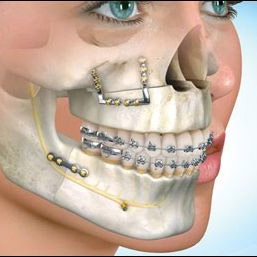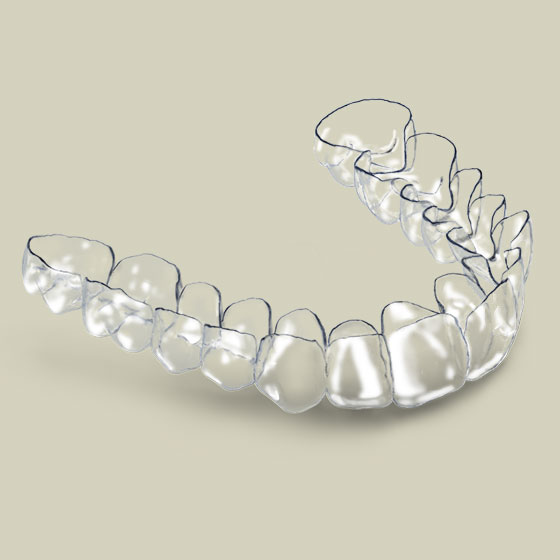







Most treatments last between 1.5 and 2.5 years, although in special cases the duration may vary significantly. It depends on the patient’s age, genetic factors, the nature of the problem, and its severity. It’s important to emphasize that after the active treatment phase, a nighttime removable or fixed internal retainer must be worn for an extended period.
